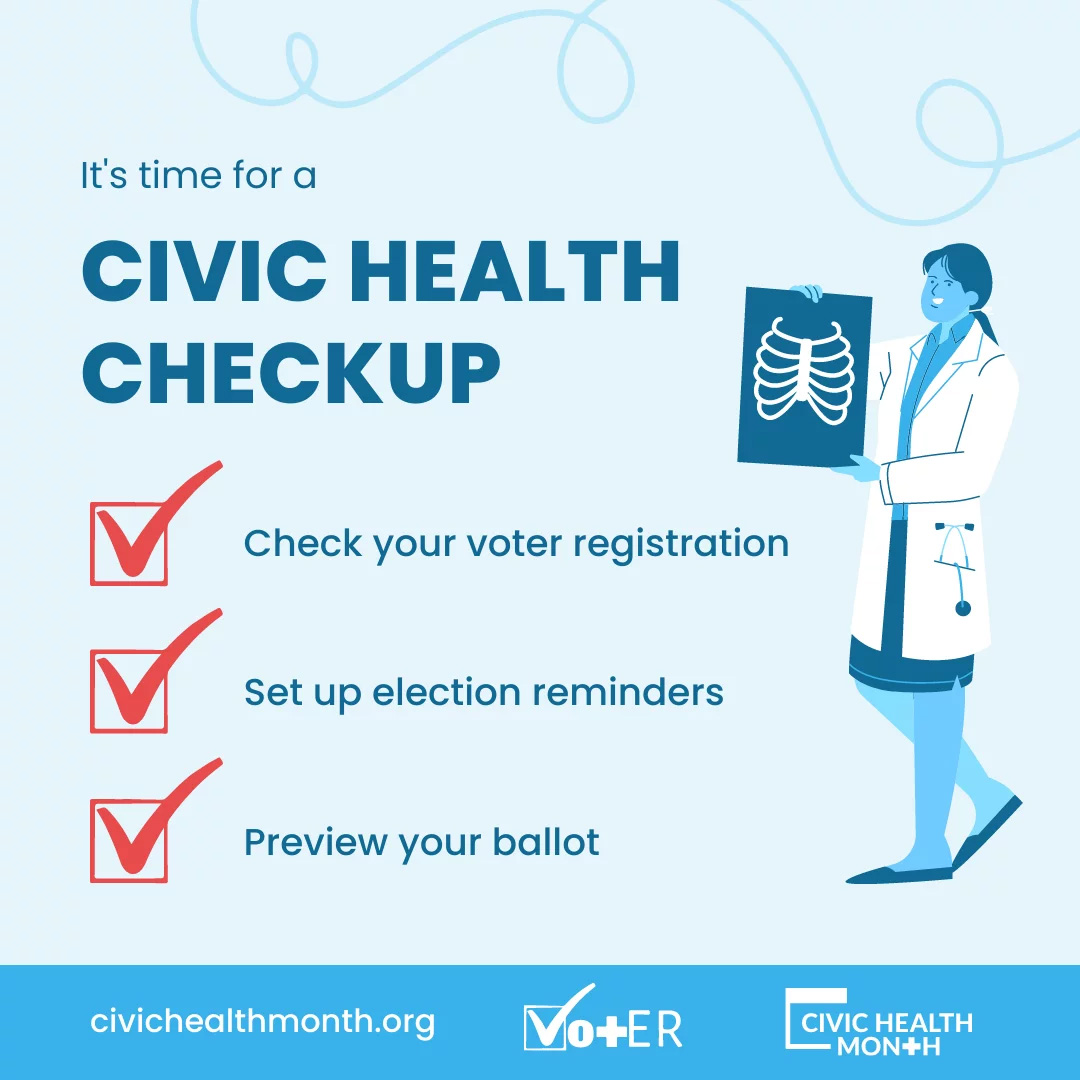Drafted in 1787, the Constitution has been the foundation of the United States's democratic system for over two hundred years. Many historians marvel at how this "living document" has adapted to enormous social and technological change with so few modifications in its text. Part of its longevity can be attributed to the Supreme Court, an institution which interprets the Constitution's words in order to give them practical meaning. During recent years, however, controversial decisions have prompted "strict constructionists" to attack the court for not exercising judicial restraint and applying the words of the Constitution with little regard to the intentions of the Founding Fathers. In contrast, "loose constructionists" argue that because the strengths of the Constitution lie in its implied principles, today's judicial activism is not only justified, but necessary. A closer examination of these views reveals that neither is entirely correct. A more satisfactory solution, tempering idealism with reality, would be a combination of the two.
While many people assume that the Supreme Court can only interpret laws, others assert that it should play an active role in creating policy. Sam Ervin points out that the Founding Fathers denied the Court policymaking power when they vested this power in the executive and legislative branches of government. Furthermore, only Congress and the states can amend the Constitution. Ervin argues that because the Constitution is the "supreme law of the land," the Supreme Court, an adjudicator, must always abide by the intended purpose of laws. Yet he ignores the fact that Congressional compromises often result in pieces of legislation containing vague language. Consequently, the Court usually has considerable leeway in determining how to interpret laws. Ramsey Clark maintains that the Court, through its interpretations, has the responsibility to respond to change when legislators do not: "The Constitution ... must have the durability and wisdom to grow, to encompass essentially new situations, to meet new needs." He applauds the landmark Court decision in Brown v. Board of Education as an example of justices following the spirit of the Constitution even though it did not specifically prohibit the "separate but equal" doctrine. Although Ervin feels that such decisions erode the Court's legitimacy, Clark realizes that "to blame the Court of upholding the [principles of the] Constitution is hardly to respect that document or to seek fulfillment of its word."
Ervin warns that the Court's discretionary power creates the danger of justices flagrantly abusing constitutional interpretations to suit their own interests and beliefs. "Under the guise of interpreting them," he observes, "the Warren Court repeatedly assigned to constitutional provisions meanings incompatible with their language and history." In contrast, Clark finds that the rulings of the Warren Court were needed to "liberate government from the 19th century" and correct injustices in American society. Ervin paints a dangerously idealistic portrait of the Court as a place of complete law and equity; clearly, no justice's decisions are ever entirely fair and impartial. On the other hand, Clark's vague statements about adhering to constitutional "principle" and "spirit" seem to encourage justices to interpret the Constitution's words any way they please.
Obviously, personal beliefs and society's pressures do frequently influence the Court's rulings. For example, the Court will almost certainly overturn its pro-abortion rights Roe v. Wade decision in the next few years because a conservative majority now presides in the place of the liberal majority present in 1973. [Present-day note: my prediction was off by 30 years.] During the Great Depression, a Court which originally declared much of Roosevelt's New Deal to be unconstitutional later gave in to economic realities and approved the federal aid programs. Ervin observes that "these things mean ... nothing to those who would as soon have our country ruled by the arbitrary, uncertain, and inconstant wills of judges than by the certain and constant precepts of the Constitution." Clark responds by citing the 1791 decision to charter a Bank of the United States. In this case, the Constitution's "necessary and proper" clause gave no help to the decision-makers, who instead relief on the "best judgment ... as to what was an appropriate rule for a constitutional federal government." Clearly, even the most impartial justices must sometimes exercise personal judgement when there are no legal precedents to follow.
Even though the philosophies represented by Ervin and Clark do not share ideas in common, the issues on which they focus are remarkably similar. Ervin equates restraint with conservatism and the literal meaning of the Constitution; Clark sees activism as a process that furthers liberalism through figurative interpretations. Ervin is wise to caution against twisting the Constitution's words; even judicial activists with good intentions might, through overzealous interpretations, accidentally destroy the meaning of the most treasured piece of parchment in the United States. Of course, some flexibility is necessary, as Clark explains: "It is hardly surprising that the words of the Constitution, even supplemented by their historical context, do not resolve all the great questions of our time." To a degree, activism and restrain complement each other. The Supreme Court would do best to tread a middle ground, respecting the strengths and weaknesses of both philosophies.
**
I wrote this essay on January 2, 1992, when the Supreme Court's incumbent justices were Byron White, Harry Blackmun, William Rehnquist (then Chief Justice), John Paul Stevens, Sandra Day O'Connor, Antonin Scalia, Anthony Kennedy, David Souter, and Clarence Thomas - the only justice who remains on the Court today.












